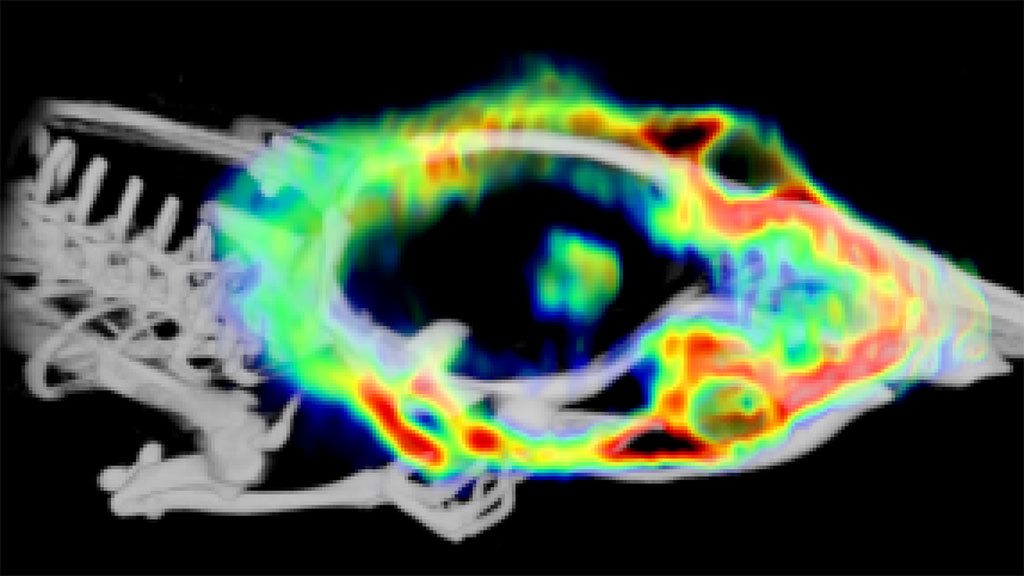PET Imaging Breakthrough to Help Detect Brain Tumors
Posted on 16 Jun 2023
Glioma is a type of brain tumor known to originate from the non-neuronal glial cells in the brain, which outnumber neurons in quantity. These gliomas encompass various subgroups, with each cancerous lesion exhibiting a high degree of morphological and receptor variability. Such exceptional cellular heterogeneity poses challenges to delivering effective treatment. There is an urgent demand for novel chemotherapy approaches, especially for the most malignant brain cancers that tend to grow in an infiltrative and interconnected manner, making it difficult to distinguish the boundaries between glioma and non-glioma tissues. Now, in a significant finding, researchers have discovered the presence of folate receptors and their increased presence in gliomas, opening up exciting prospects for potential future treatments of these brain tumors.
Until now, the existence of folate receptors and their increased presence in gliomas had not been recognized or utilized for imaging or treatment purposes. A new study by researchers at the University of Turku (Turun yliopisto, Finland) has shed light on the use of folate-based radiopharmaceuticals in positron emission tomography (PET) imaging to detect folate receptors in brain tumors. The research team observed that brain tumors contain a higher amount of folate receptor expression compared to surrounding brain tissue. This finding has been confirmed in both experimental models and samples obtained from human tumors. The researchers are optimistic that this significant discovery will pave the way for further investigation into the detection and treatment of brain tumors using folate-targeting techniques.

“Our results show an average of 100-fold increase in folate-based radiopharmaceutical accumulation in glioma tissue versus that of adjacent healthy brain tissue,” said research group leader and InFLAMES PI Professor Anne Roivainen.
Related Links:
University of Turku














